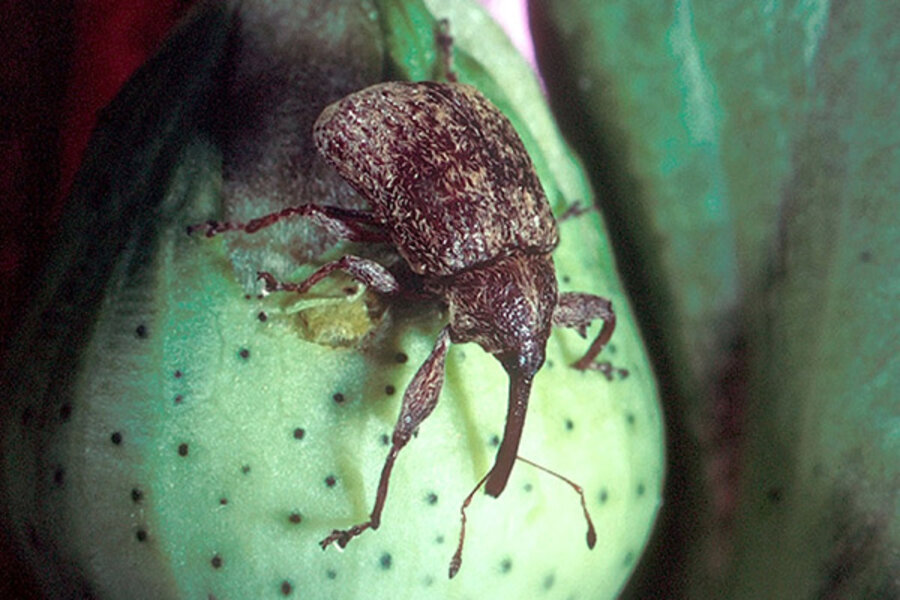Described by the Global Invasive Species Database as a micro-organism, rinderpest had decimated cattle, buffalo, yak, and other livestock. The virus was declared eradicated by United Nations researchers in October, 2010, after a 23-year battle.
5 invasive species now in retreat
Invasive species are ones that don't naturally occur in an area and may have detrimental effects. Here are some eradication success stories.
Sources: Global Invasive Species Database, International Union for Conservation of Nature, National Cotton Council, US Dept. of Agriculture

1. Rinderpest virus




